This article is brought to you by Ten Speed Press. Head here to pick up a copy of A Modern Way to Eat.
Today: A Modern Way to Eat author and chef Anna Jones tells us how the Sunday paper led her to a career in cooking and what she's done along the way as a chef, writer, and food stylist.
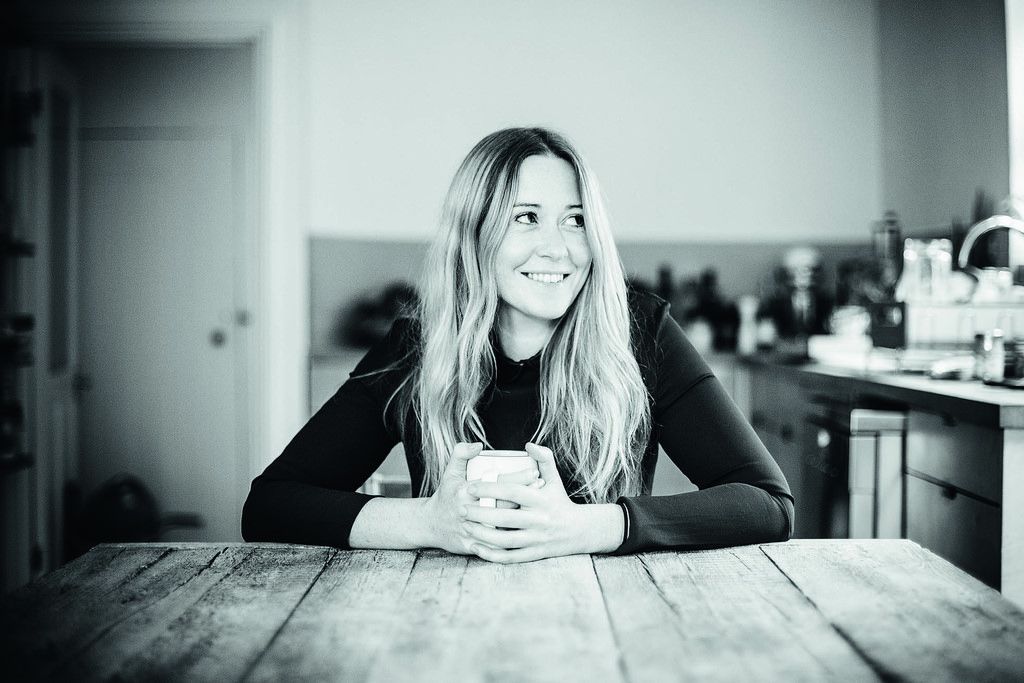
Anna Jones has a lot of feelings about vegetables. She's thoroughly jubilant for each new season of asparagus, overjoyed for the first round of tomatoes, and anticipates mushrooms like an expectant child. A former chef under Jaime Oliver in his kitchen at Fifteen in London, Anna is a cook, food stylist, and writer—and a vegetable enthusiast. Upon diving into A Modern Way to Eat, Anna's most recent cookbook, it's immediately apparent how much satisfaction she derives from cooking and eating only what grows from the earth. It's a book of conversational tone and directness as she attempts to open her mind a bit for you—enough to look inside and check out her cheffing thoughts.
We asked Anna to tell us her story—how cooking became such an integral part of her life, what it's like working in a kitchen versus food writing and styling, and what she cooks for a last minute dinner party (because we always, always want a new trick up our sleeves!). Read on for the full interview:
Growing up in the UK, was cooking central to your childhood, or did you find it later in life?
I am from a family of food lovers, but while food is what brings us together, we don’t have a long, cherished tradition of cooking together as a family. My mum came from a generation of women who saw having to put dinner on the table every night as a bit old-fashioned, and in some way stepping on her toes as a modern woman. Dad worked really hard, so dinner was always quick, tasty, and nutritious—it wasn’t labored over for hours. My love of cooking didn’t come from pulling up a stool to the stove and watching my mum, but more from my parents' encouragement. They’d buy me ingredients and recipe books and leave me to tinker in the kitchen. I’d be in the kitchen making lemon mousse and frosted grapes while my sister was outside playing.
How did you find yourself in the kitchen at Jamie Oliver’s Fifteen? Was that something you were striving for, or did it just happen?
One grey, late-for-work London day, I was reading the careers section of the paper on my way to work, and there was a brilliant article on how to determine your calling. It said that you could judge your calling—your passion—by looking at which section of the Sunday papers you turn to first. And that was it: It was a light bulb moment for me. I knew it was the restaurant section and I knew it had to be food. From there, it was whirlwind. I got into work that day and Google led me to Jamie Oliver’s Fifteen restaurant, which was interviewing that week. On Tuesday, I had an interview, and on Thursday and Friday there were cooking tests and interviews. By the next Monday, I had quit my job and was spending my first day in chef whites.
I want to know your feelings about vegetables. Which ones do you love the most? Why?
I have a lot of feelings about vegetables. I love them and I think they should be at the center of every table—that's something I am passionate about making a reality. I get unreasonably excited when I come across the first asparagus or sea kale in the spring, or when the new squat squashes start showing up in autumn. There are different vegetables I love with every season; I can’t name just one! It’s like asking a pianist which is his favorite note.

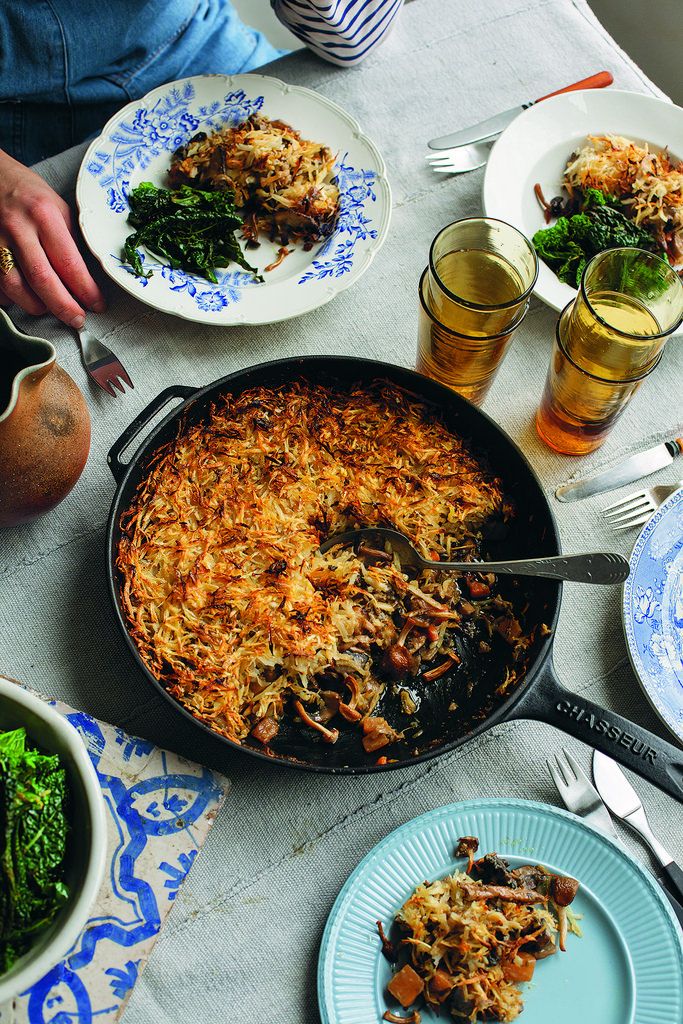
In spring, it's tiny sweet peas and broad beans, wild garlic, and eggplants. In summer, it's an array of jewel-colored tomatoes, summer squashes, and delicate summer leaves. In autumn, it's squashes and mushrooms (though they have to be cooked properly), and in winter, it's bitter radicchio, candy shop-colored beets, and every type of kale I can get my hands on. I love vegetables first for their beauty, color, and flavor, but I know that packed under their pretty skins are also loads of things that do me good.
More: Check here regularly for what to buy at the market now.
And when did you decide to become a vegetarian? How has it impacted your life?
I became vegetarian about seven years ago—it was an experiment. I had already been cooking for five years in professional kitchens and, on Jamie Oliver's food team, I was cooking, testing, and tasting all day long. I was very happy but I didn’t feel great. I decided to become vegetarian to see how it felt and how my cooking changed—and I haven’t looked back. I felt lighter, brighter, and more vibrant eating a plant-based diet. I became trimmer and had more energy. But more importantly for me, it opened my eyes to a whole new world of cooking. I cooked more instinctively, rather than building a plate around a piece of meat or fish. I was cooking to suit the day, mood, and time. I started thinking about the satisfaction levels of food more and how to layer flavor, sweet, salt, acid, and spice to keep my tastebuds and brains sated and it was so exciting.
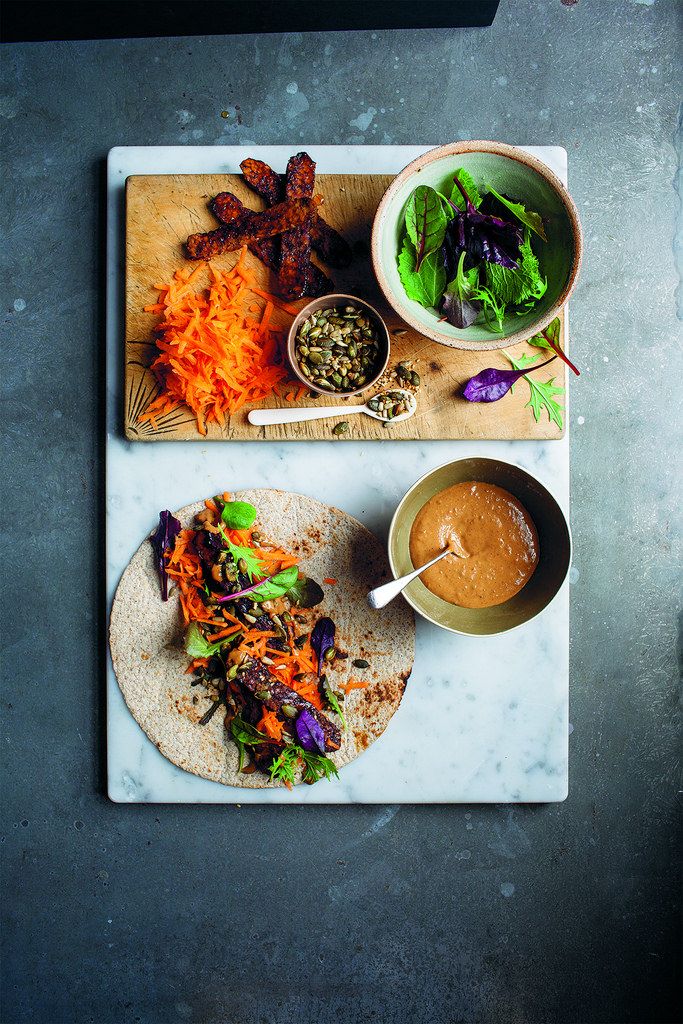
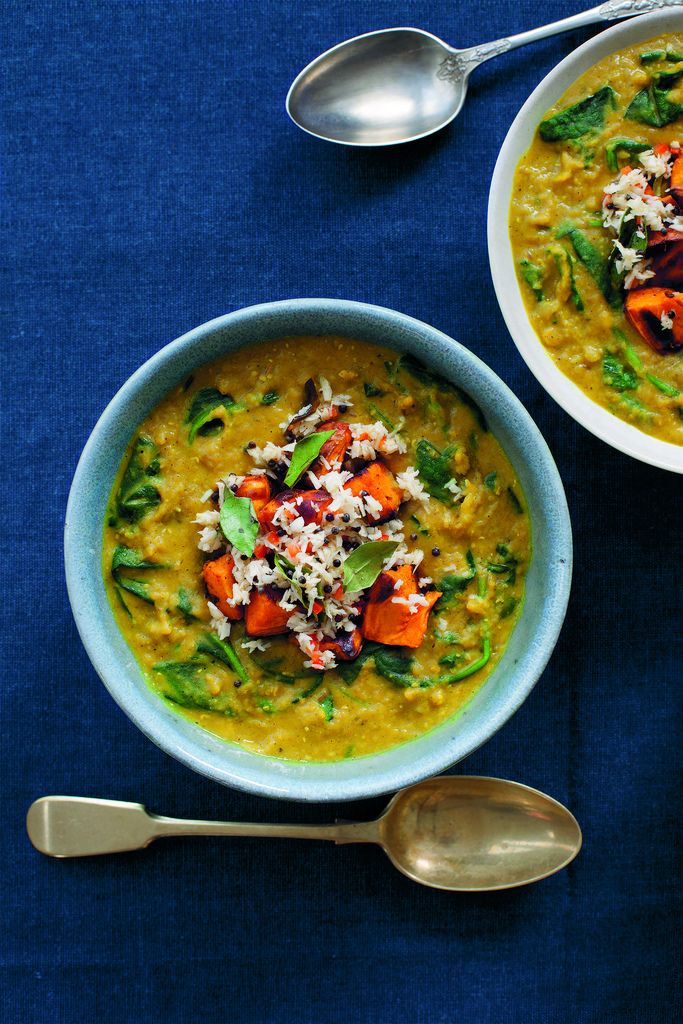
A Modern Way to Eat strikes me as very conversational. Did you make a conscious decision to write it, or did it come about in a more organic way?
I guess it is, I’ve never really thought about it. I hope as a person I am quite open and I try to be warm and friendly. I never got the pushy shouty side to being a chef—why not just be nice? I have worked in both types of kitchens and I know it’s the calm ones which turn out better food. I have always related to chefs and cookbook writers who let me into their lives, who conjure up an image of why or when they might be cooking something. One of my favorite recipe books is the The Kitchen Diaries by Nigel Slater. Nigel writes so warmly and with such ease and elegance that I feel as if I’ve sat at his kitchen counter 100 times while he cooked. I've written my books hoping people might feel the same. I think that the manner in which we cook is so important—cooking, after all, is an offering—whether it's just to ourselves or to 50 people we’ve never met before. The old adage that something tastes better when cooked with love is one of the truest there is.
The detailed infographics in the book are plentiful. How did this part of the cookbook come to be?
The infographics are really important to me—they add an extra dimension of information to the book. I hope they educate and empower people to experiment and cook themselves. I wanted A Modern Way to Eat to be a generous collection of recipes, but I also wanted it to be useful to all sorts of cooks—beginner cooks as well as experienced cooks. That’s where the infographics come in. If you need a recipe to follow, there are 200 or so, but if you are more confident and feel like experimenting, then the infographics can show you how to freestyle a little, following ratios to build your own soup or salad.
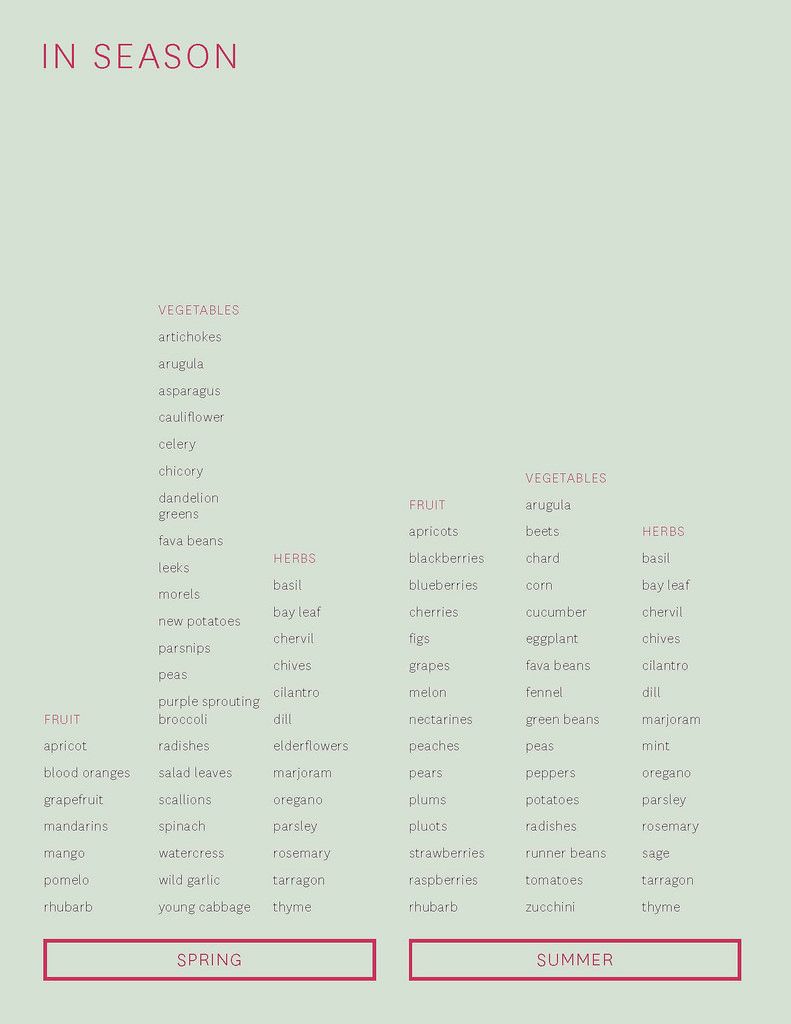
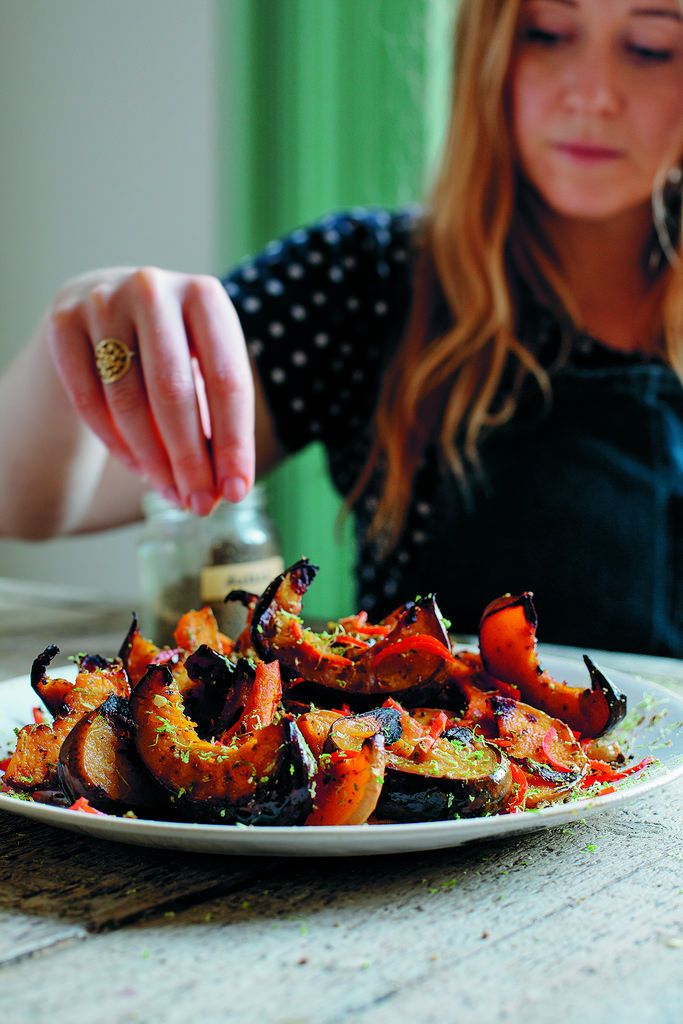
I also thought it was important to try and verbalize how a chef's brain works. I always think of it like this: My brother is a musican, and when we listen to a record we hear very different things. I hear the melody, maybe some drums, and if I listen hard I can pick out the bass. My brother hears layers and layers of sound—the guitar track, the pedal the guitarist is using, the production, the delay, and the distortion. I think that’s a good way to think about food, because some of us are wired through genetics or from experience to understand more about flavor and texture.
When you are having last-minute company, what’s the dish you rely on to wow guests?
I make loads of Mexican food. In the UK it's really hard to get good Mexican food, and growing up in California means I have a taste for it. I cook up some beans, black or pinto, with chipotle, cinnamon, lime, and a little garlic. I roast whatever vegetables are in season with lime zest and more chile. I’ll make a quick-pickled slaw with radishes, cabbage, and cilantro, guacamole, and a smoky charred tomato salsa.
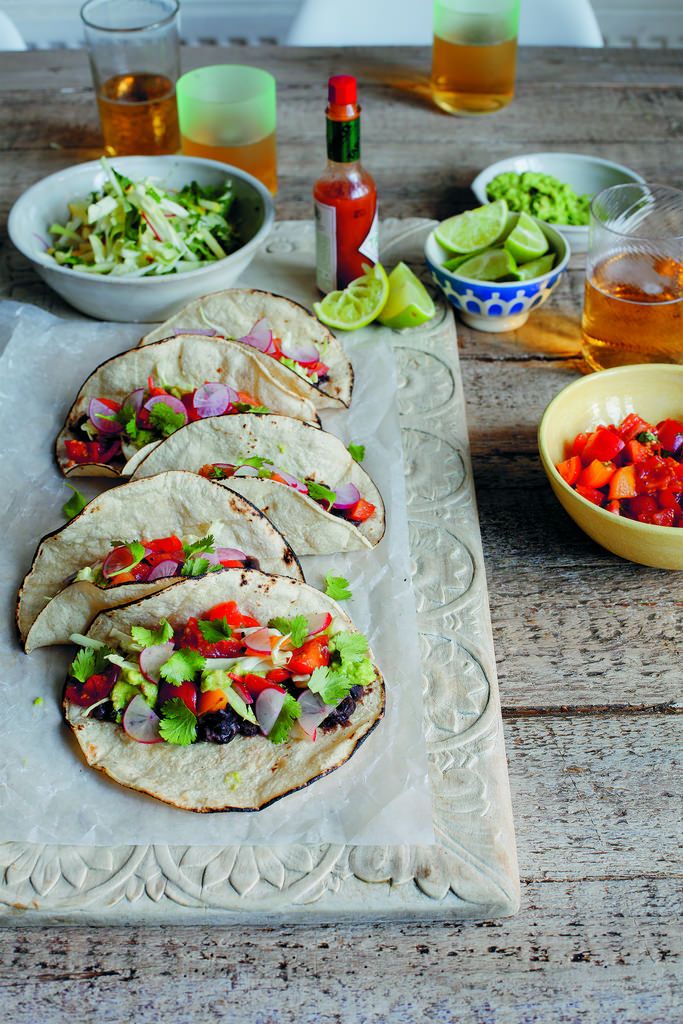
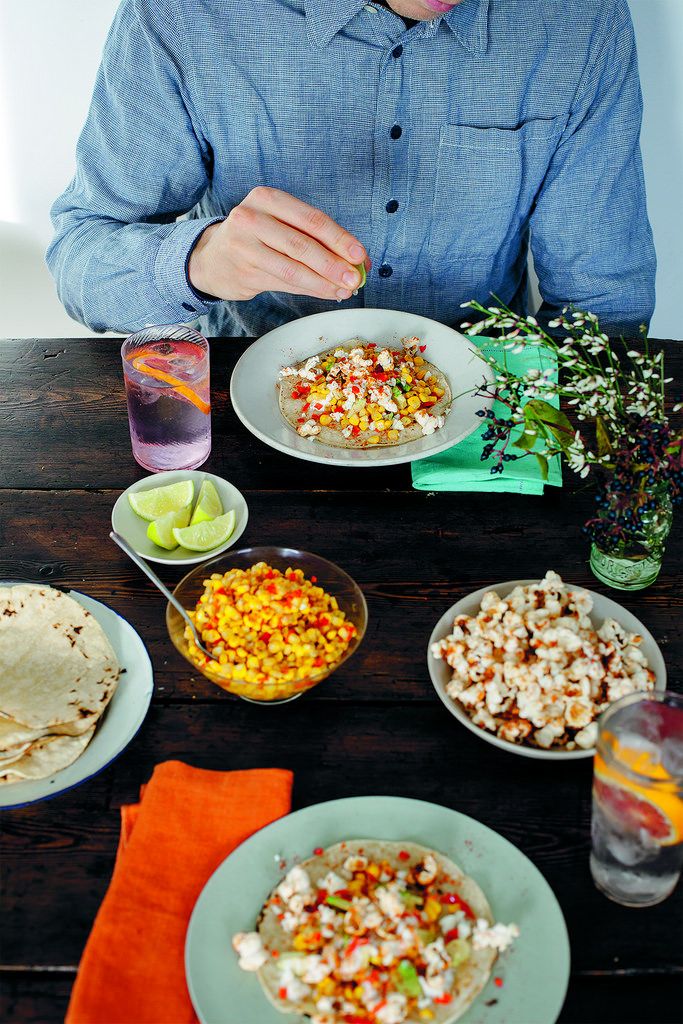
I buy lots of beers and make a rose cooler with one of the cordials I have in my pantry. I'll pile everything on the table—plus little warm corn tortillas, which you have to order online in the UK, so I keep a pile in my freezer—for everyone to dig in. It's my favorite kind of eating. Messy, friendly, and full of color.
Reprinted with permission from A Modern Way to Eat by Anna Jones (Ten Speed Press, 2015). Photography by Brian Ferry and infographic by Sandra Zellmer.
This article is brought to you by Ten Speed Press. Head here to pick up a copy of A Modern Way to Eat.
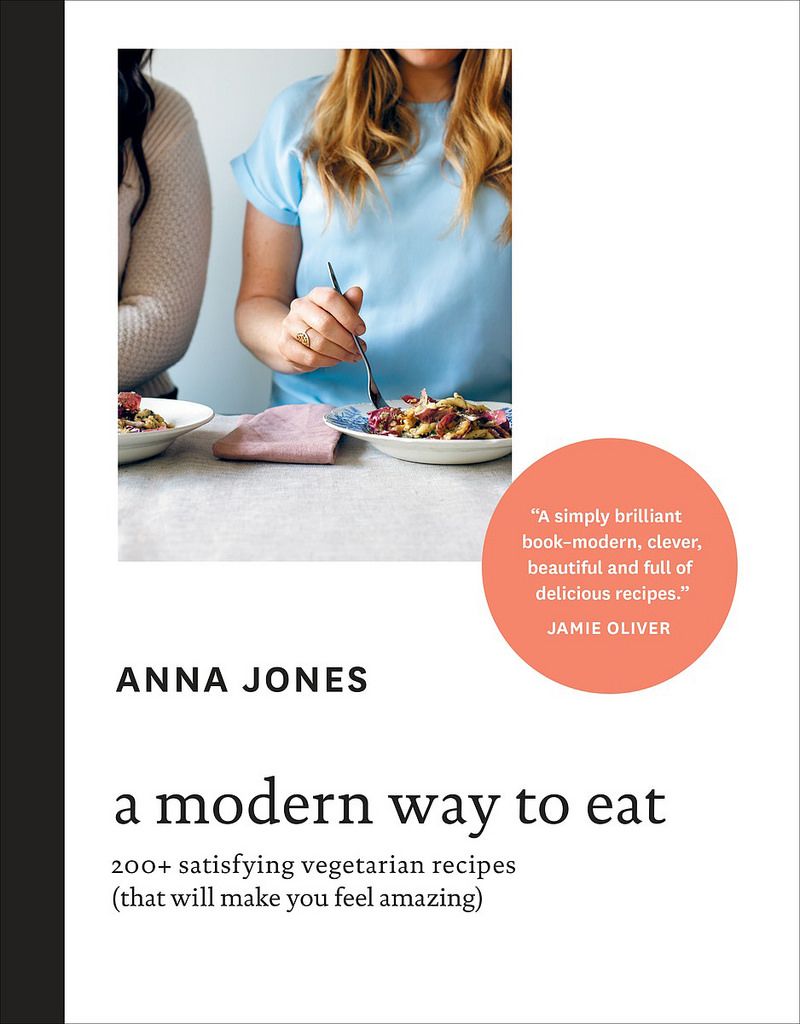

See what other Food52 readers are saying.